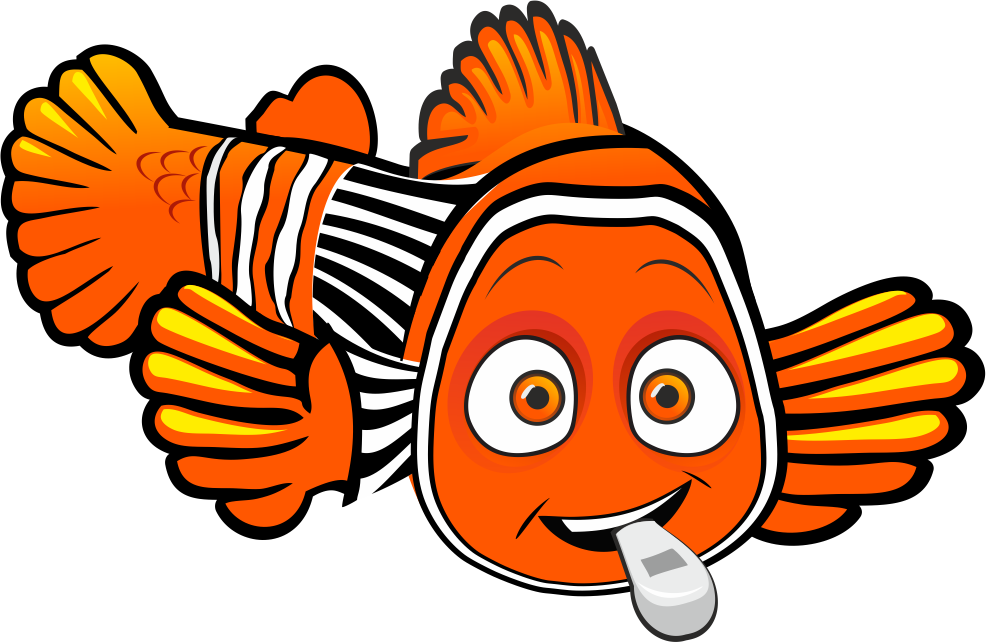Basic Facts About Anthias
| Scientific Family: | Serranidae |
| Number of Anthias Species Types: | There are approximately 27 different types of Anthias in this species. |
| Average Life Span: | The average lifespan for a Anthias is 5-7 years. |
| Typical Size: | Most Anthias species (that you would keep in your fish tank) are around 4 inches full grown. |
| Colors: | The most common type of Anthias, the Lyretail, is a bright Orange. Anthias all mostly come in vibrant colors, others can be purple, red, peach, yellow, white. |
| Native To: | Anthias are native to regions of the Indo-Pacific Ocean, but can be found throughout tropical ocean waters worldwide. Anthias are saltwater fish. |
| Water Conditions Needed: | Temperature (Farenheit): 72-82°F PH Level: 8.1-8.4 Gravity: 1.020 and 1.025 |
| What Do Anthias Eat?: | Anthias eat zooplankton in the wild, so in your aquarium you should feed them a mixture of live frozen food (like Brine or Mysis Shrimp) to go along with flakes and pellets. Mixing in copepods will not hurt! |
| Fish-Keeping Experience Level: | Beginner to moderate experience level is needed to keep a Anthias. |
| Minimum Tank Size: | Because Anthias are swarm fish, you should likely keep multiple Anthias in the same tank. Depending on what other fish you plan to keep with your Anthias, a 70 gallon tank is the minimum recommended size. |
| Tank Accessory Requirements: | We recommend adding coral and live/dead rocks, as Anthias are native to those and will feel at home with them there. Because of this, you will need tank lighting. You’ll also need a heater and filter. Protein Skimmers are recommended. |
| Compatibility – Other Fish: | You should keep Anthias with other Anthias, just know that there may be some infighting that you will need to keep an eye on. Anthias tend to not be aggressive to other fish, so some fish types that you can keep Anthias with include Angels, Blennies, Boxfish, Cardinal Fish, Chromis, Clownfish, Damselfish, Gobies, Wrasse, and Tangs. |
| Compatibility – Plants and Corals: | Anthias are native to coral reefs, so Soft or hard coral is perfect. Live Rock is a great base addition too. |
| Compatibility – Do not Keep With These Species: | You shouldn’t keep more than one male Anthias in your swarm. Avoid seahorses, eels, and bigger fish like Groupers – for which Anthias will become dinner food. |
| Can you breed them? | Yes, Anthias will often breed nightly when kept in a group. However, it is very difficult to avoid their eggs becoming food for other Anthias and other fish in your aquarium. Therefore, if you are planning to attempt to breed them, you will likely need to separate 2 of them and then remove them from that tank once they have successfully laid eggs. |
| Fun Fact: | All Anthias begin as female, and the dominant ones will become male. There are rarely more than 1 or 2 males in a swarm of Anthias. |
| Cost: | $30-$100 The Anthias is a pricier saltwater fish. Most types are between $30-$50, but some can cost near $100. |

How will a Anthias behave in your aquarium?
Anthias are swarm fish, so if you have multiple (which you should), they will likely stay together. They will also stay out in the open of your aquarium, swimming back and forth. Many fish keepers give feedback that Anthias quickly become the center of attention in your fish tank.
How to acclimate your Anthias to your fish tank?
When you get your Anthias, there are a few ways you can introduce your new prized possession to your aquarium. We’ll walk you through one of the easier ways, the Floating Method, but know that there are other ways you can do this as well. Reminder, if you are putting more than 1 Anthias into your tank (which you should be), it is best to do it at the same time.
Floating Method:
Step 1: Turn off all lights on your aquarium and dim the lights in the room. Remember, your Anthias has likely been shipped in a dark box if you bought it online, so we don’t want to cause them to freak out by flooding them with lights. If you bought it in the pet store, it is likely a little rattled by being transported in a small plastic bag, so do it a favor and leave the lights off too.
Step 2: Place the bag with the Anthias in it in your aquarium and let it float. Don’t open the bag yet. Let the bag float for about 15 minutes. Doing this will let the temperature of the water in the bag to match the temperature of the water in your aquarium and reduce the shock when you eventually put your Anthias into your aquarium.
Step 3: Once you’ve had the bag in the water for 15 minutes, cut a small hole in the bag (if there’s a metal clip, cut the hole right below the metal clip). Open the hole wide enough, and then pour in 1/2 a cup of your aquarium water to the bag. Continue to add 1/2 cup of aquarium water every four to five minutes until the bag is full.
Step 4: Once the bag is full, take the bag and pour out half of the water (not into your aquarium). Repeat step 3 again. This time, when the bag is full, you’ll net your Anthias and put it into your fish tank! Make sure to remove the shipping bag from your aquarium, and again, don’t pour the water from the bag into the aquarium but discard of it elsewhere (like your sink).
Which Species Are Best To Pair With Your Anthias?
- Other same specie type of Anthias
- Boxfish
- Chromis
- Gobies
- Blennies
- Angelfish
- Clownfish
- Damsels
- Cardinals
- Wrasse
- Tangs
Ohfishal Anthias Fish Tank Set Up
This is our ultimate checklist for a fish tank with a Anthias. Of course, you can do this with less parts, or different parts, but this is our all-in ohfishal recommendation. This set-up will run you around $1,000 (market prices will vary).
- Fish Tank, Light – 75 Gallon Top Fin Essentials Aquarium – $240
- Eheim Jager Aquarium Thermostat Heater – $30
- AquaClear Power Aquarium Filter – $35
- Species – 5 Anthias ($150), Clownfish ($60), 1 Blennie ($20), 1 Goby ($20), 1 Wrasses ($30), 60 pounds of Dead Rock ($200), 10-30 cleaner snails/crabs ($20-60) – an easy place to shop is Live Aquaria. This is a FOWLR set up, you can add in corals and plants as you feel comfortable.
- Protein Skimmer – $100
- Sponge Filter and Air Pump – $20
- 1 Bottle of Bacteria – $25
Most Common Types of Anthias
- Lyretail Anthias
- Redcheek Anthias
- Peach/Redfin Anthias
- Squareblock Anthias
- Yellow-Stripe Anthias
Frequently Asked Questions about Anthias Fish
Yes, and in fact you should. Anthias are swarm fish, so they like to be with other similar specie Anthias. That said, you’ll need to keep a careful watch over them, as they can be aggressive within their swarm.
Anthias eat zooplankton in the wild. In an aquarium, they will eat a mixture of live frozen food (like Brine or Mysis Shrimp), as well as flakes and pellets. Copepods are also part of their captive diet. Anthias fish will eat frequently, and can be fed 3 times a day.
Anthias fish will likely live between 3-5 years, but some may live longer, and some may not live that long.
